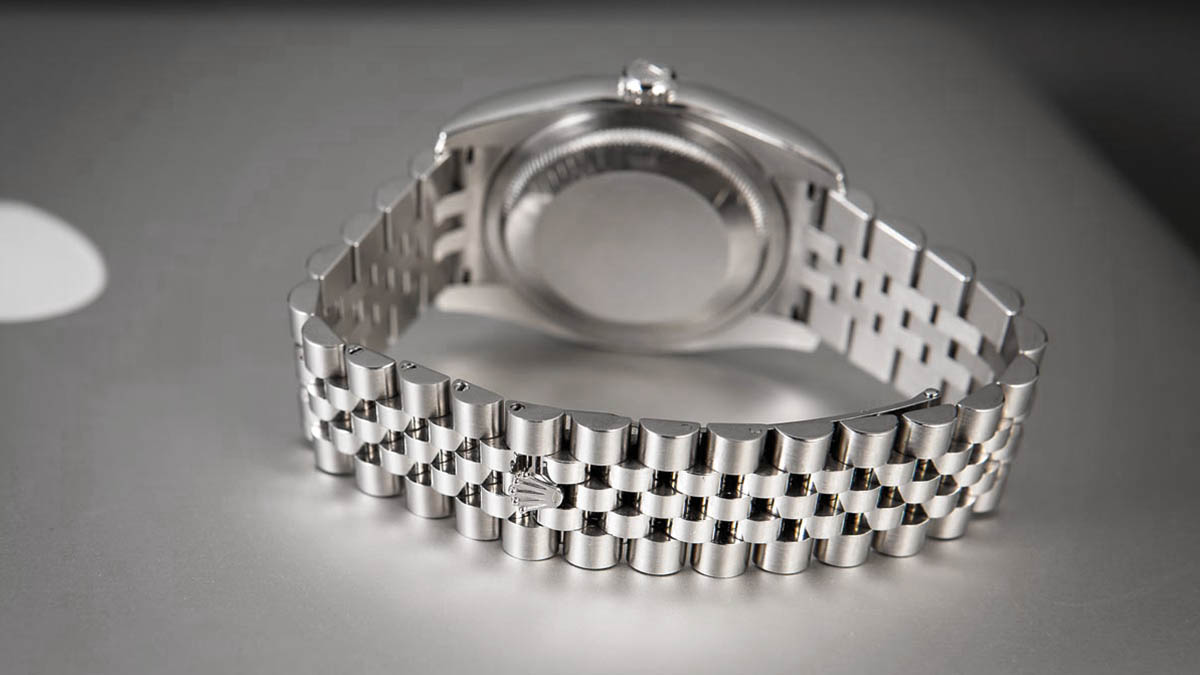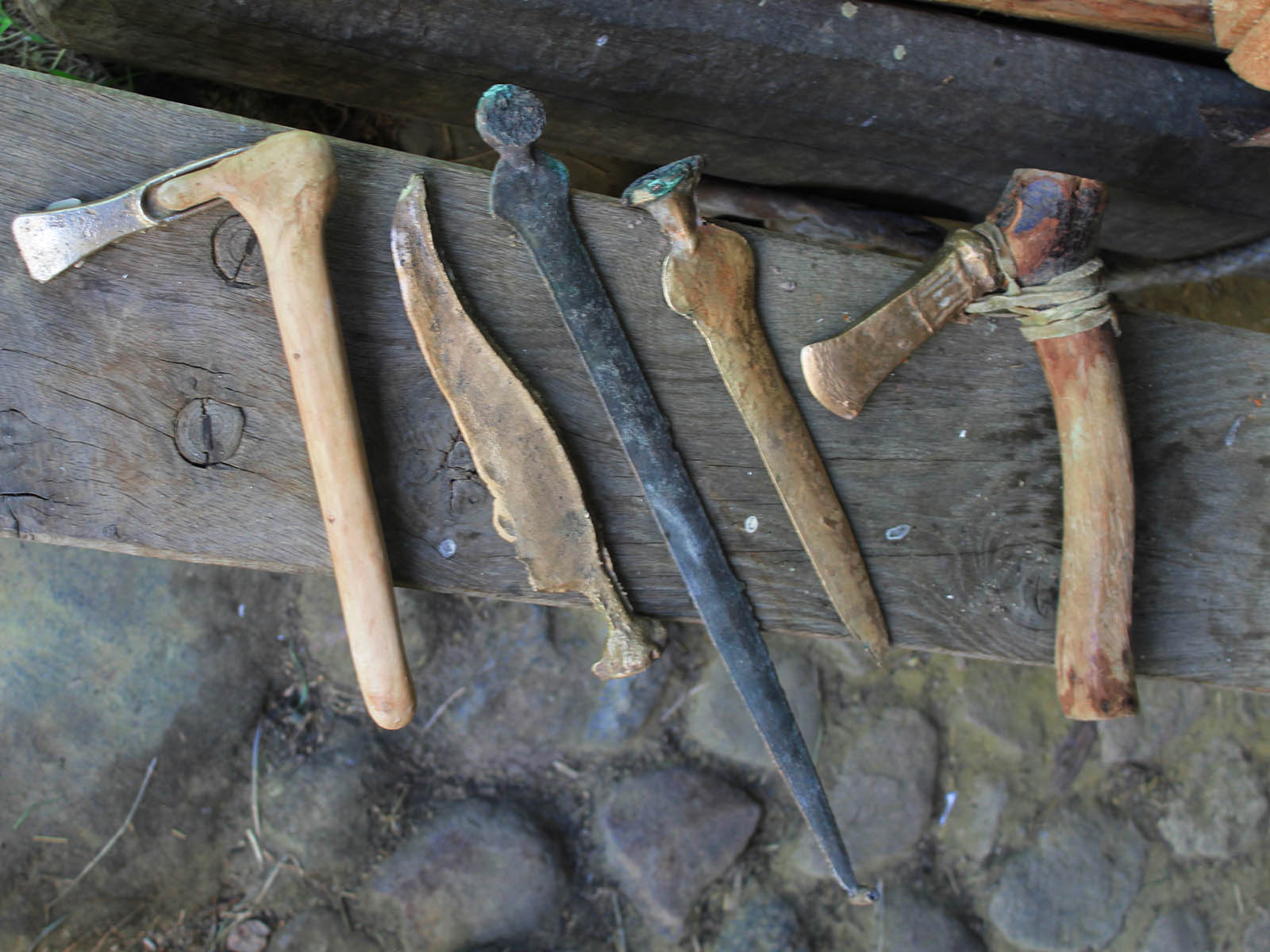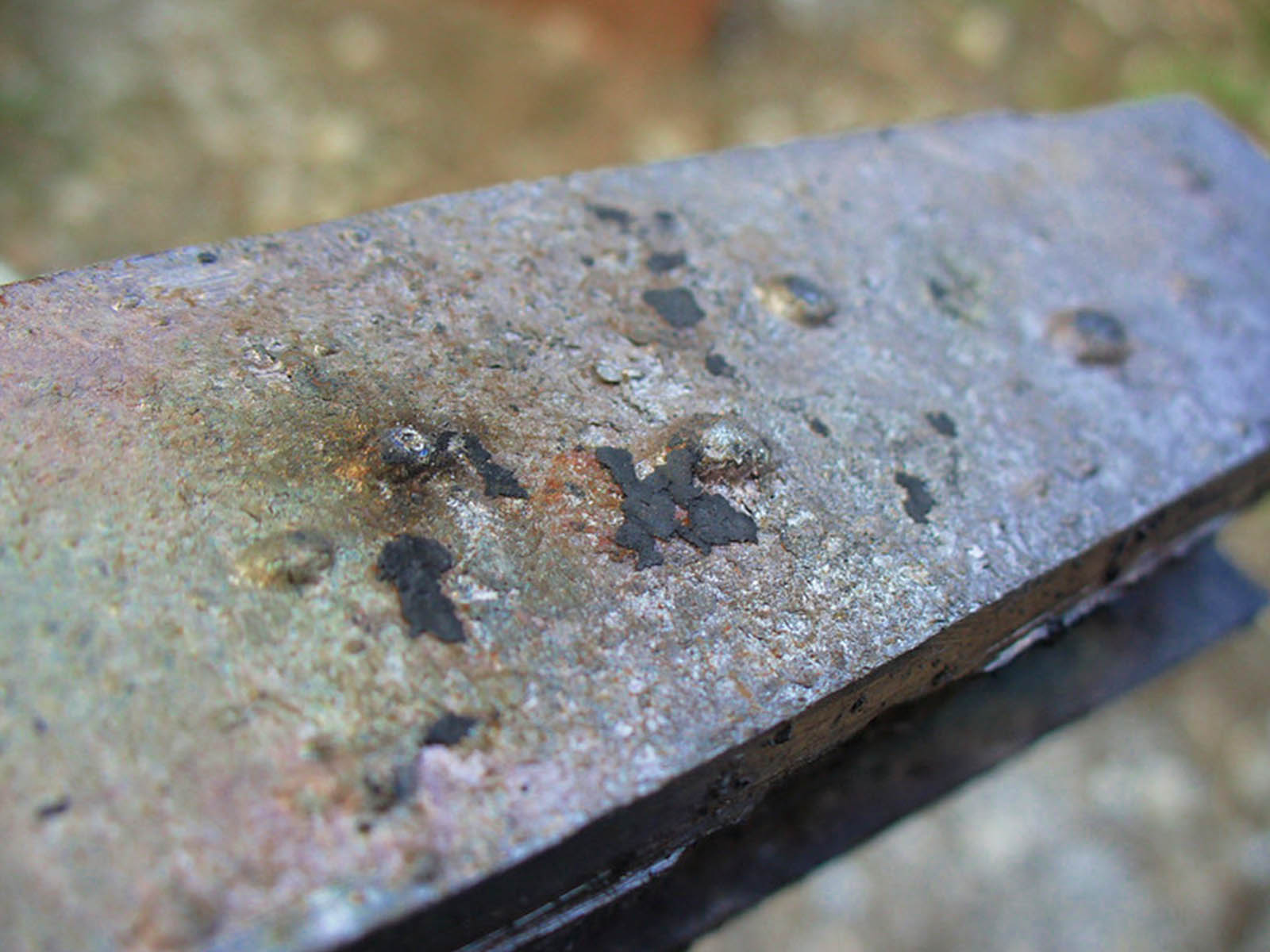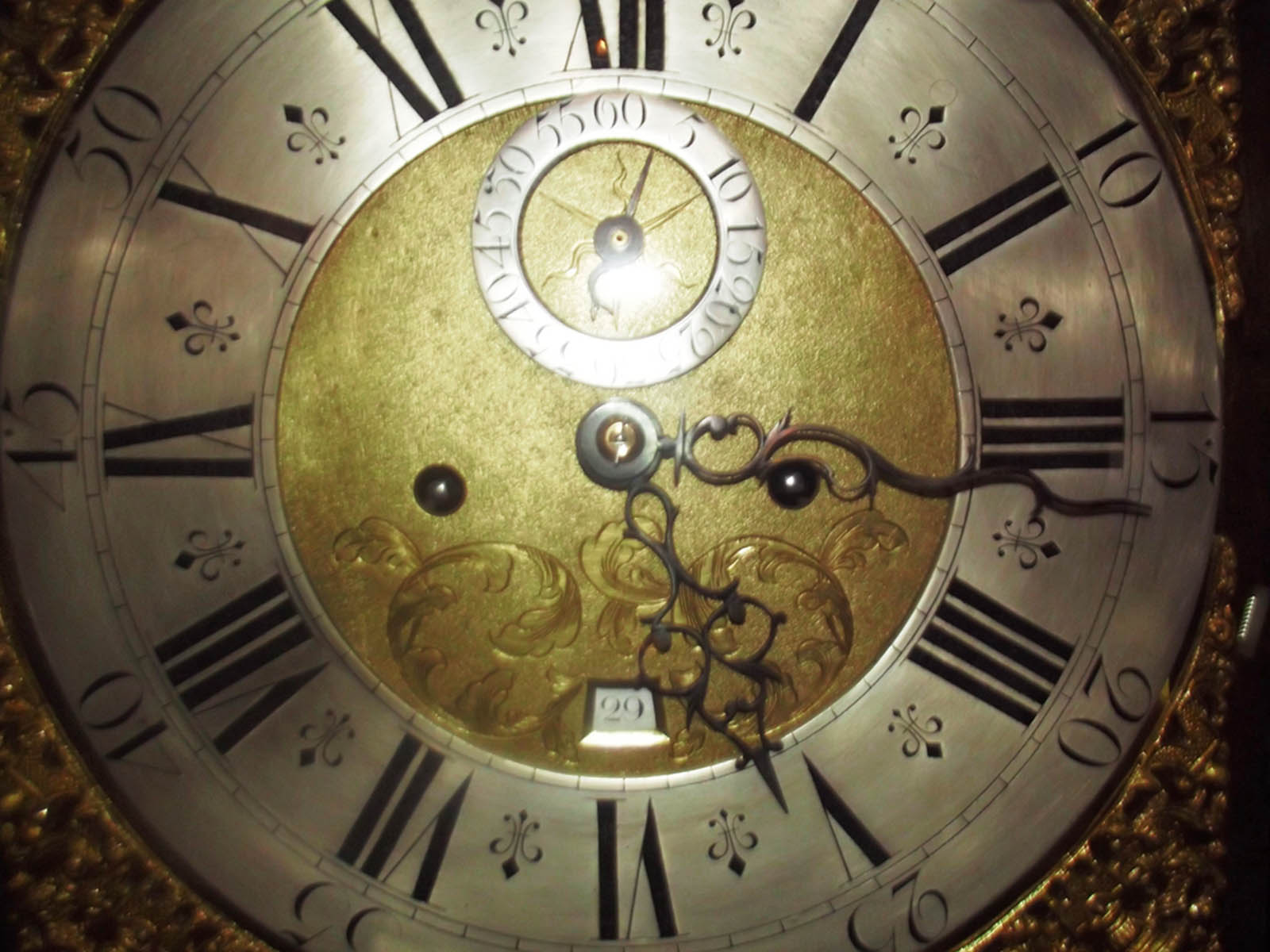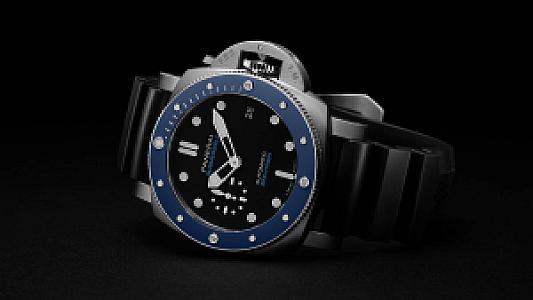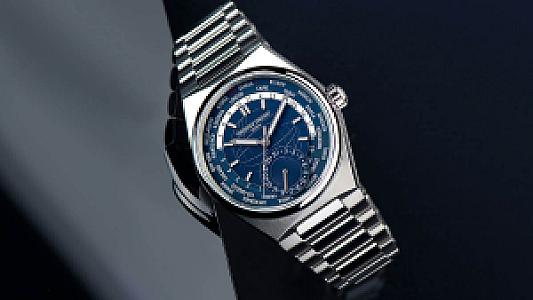Steel, which has been with us since the Iron Age, has come to life with many different components. First, we made tools with it and then wore it on our wrists. Some of us are on the waiting list of a model with stainless steel case and bracelet for a while (!).
The development of steel goes back 4000 years, to the beginning of the Iron Age. Proving that it is harder and more durable than bronze, iron was replaced by bronze and started to be used for weapons and equipment. The quality of iron varied according to the production methods as well as the amount of the ore.
By the 17th century, the properties of iron were now well known. Nevertheless, the urbanization movement in Europe has increased the need for multi-purpose structural metal. The amount of iron consumed by the expansion of railways in the 19th century led metallurgists to find a solution for inefficient production processes and iron brittleness.
The calendar marked an important turning point for iron and humanity in 1856: Entrepreneur and engineer Henry Bessemer found the way to use oxygen efficiently to reduce the amount of carbon in iron, and today’s steel was born.
Let’s fast forward a little more; ‘blister’, one of the early versions of steel, began to be produced in Germany and England in the 17th century. This type of steel was obtained by increasing the amount of carbon in the molten pig iron by a process known as cementation. In the process, forged-iron bars were covered with powdered coals in stone boxes and heated. A week later, the iron absorbed the carbon in the coal. By repeating the heating process, the carbon was further dispersed in the iron, and upon cooling, blister steel was produced. The abundance of carbon content made the blister steel easier to shape than pig steel.
By the 1740s, British watchmaker Benjamin Huntsman took blister steel one step further as he tried to develop high-quality steel for the spring of his watches. He found that the metal could be melted in clay crucibles and refined with a special flux to remove the slag left behind by cementation. Thus, cast steel entered our lives. However, both the blister and cast steel were used only for special applications due to the production cost.
In the 1850s, Henry Bessemer’s modern steel production changed again in the 1950s with Linz-Donawitz. Similar to Bessemer’s air treatment, oxygen was blown into molten iron, reducing pollution and cleaning, creating a clean base for the alloy. This process was more consistent than ever, causing the explosion of steel alloys.
There are many forms of steel, but only a few of them are usable for watchmaking. Some are very hard, some are very soft, fragile; some are magnetic… Some rust, corrode in saltwater, cause allergies or can’t be polished. It can also be categorized in multiple ways. The simplest way is to fit into four categories: carbon steel, alloy steel, stainless steel, and tool steel.
Although tool steel is not used much in watchmaking, other types are widely used. Simple carbon steel, although used in the early years of watchmaking, has gradually decreased, leaving it to alloy steel known for its anti-magnetic and anti-corrosion properties. Today, plates, escapements, bridges, balance springs, and hairsprings are produced from this type of steel. Stainless steel welcomes us in cases and bracelets.
